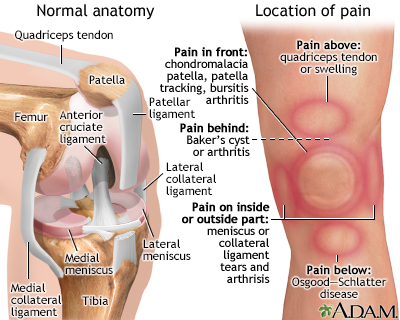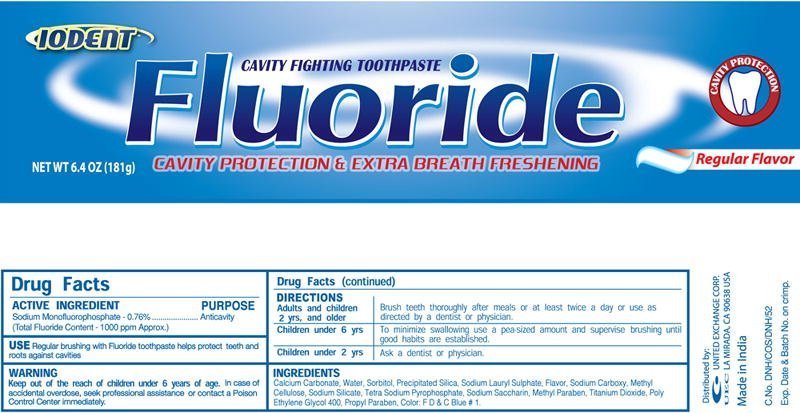Temporary Filling For Tooth

The sudden loss of a filling can be a frustrating and sometimes painful experience, leaving a gaping hole in your tooth that can be sensitive to temperature changes, sweet or sour tastes, and even air. When this happens, finding a temporary solution to alleviate discomfort and protect the tooth until you can see a dentist is crucial. Temporary filling materials can be purchased over-the-counter or, in some cases, provided by a dentist for emergency use. Understanding how to apply these materials safely and effectively can help manage the situation until professional dental care is available.
Understanding the Need for Temporary Fillings
Temporary fillings are not a permanent solution but rather a stopgap measure to help manage symptoms. They can protect the tooth from further decay, reduce sensitivity, and prevent food particles from getting stuck in the cavity. It’s essential to note that while temporary fillings can provide relief, they are not a substitute for proper dental care. The material used for temporary fillings is designed to be easy to apply and remove, making it simpler for a dentist to perform a permanent filling later on.
Types of Temporary Filling Materials
Several types of temporary filling materials are available, each with its own set of instructions for application and removal. These include:
- Dental Cement: Often used for temporary repairs, dental cement can be applied directly to the cavity. It hardens quickly and can provide a good seal against bacteria and food particles.
- Temporary Filling Gels or Pastes: These are easy to apply and can be molded to fit the shape of the tooth. They are less durable than cement but can still offer protection.
- Methylcellulose-Based Products: These products are soluble in water and can provide a temporary barrier. They are less common for self-application but can be used in certain situations.
How to Apply a Temporary Filling
Applying a temporary filling requires some care to ensure it is done correctly and safely. Here are general steps to follow:
Clean the Area: Before applying any temporary filling material, make sure the cavity and surrounding area are clean. Rinse your mouth with warm water, and gently dry the area with a cotton swab.
Prepare the Material: Follow the instructions provided with the temporary filling material to prepare it for application. This may involve mixing components together or applying a small amount directly to the cavity.
Apply the Material: Use a cotton swab or the applicator provided to fill the cavity. Start by applying a small amount to the bottom of the cavity and build up in layers, allowing each layer to set before adding the next. This can help prevent air bubbles from forming.
Shape the Filling: Once the material is in place, use a cotton swab or a toothpick to shape it so that it is even with the surrounding tooth surface. Be careful not to push the material too far into the tooth.
Allow it to Set: Let the temporary filling material set according to the manufacturer’s instructions. This can range from a few minutes to an hour, depending on the product.
Precautions and Considerations
While temporary fillings can provide relief, there are precautions to consider:
- Avoid Chewing: Try to avoid chewing or biting on the temporary filling, as it is not as strong as a permanent filling and can dislodge easily.
- Monitor Sensitivity: If the sensitivity or pain worsens, it may indicate that the temporary filling is not effective or that there is another issue that needs to be addressed.
- See a Dentist: Regardless of how well the temporary filling seems to be working, it is crucial to see a dentist as soon as possible. They can assess the tooth and provide a permanent solution.
Conclusion
Temporary fillings serve as an essential emergency measure for managing tooth cavities until a dentist can provide a permanent solution. By understanding the types of temporary filling materials available, how to apply them safely, and the precautions to take, individuals can better manage unexpected dental issues. However, the importance of seeking professional dental care cannot be overstated, as temporary fillings are just that—temporary.
How Long Can a Temporary Filling Last?
+A temporary filling is designed to last until a permanent filling can be placed, usually a few days to a week. However, with proper care, some temporary fillings can last longer, but they should not be relied upon as a long-term solution.
Can I Eat Normally with a Temporary Filling?
+How Do I Know If My Temporary Filling Needs to Be Replaced?
+If you notice the temporary filling coming loose, or if the sensitivity or pain returns or worsens, it may be a sign that the temporary filling needs to be replaced or that there is another issue that needs attention. In such cases, contact your dentist as soon as possible.

